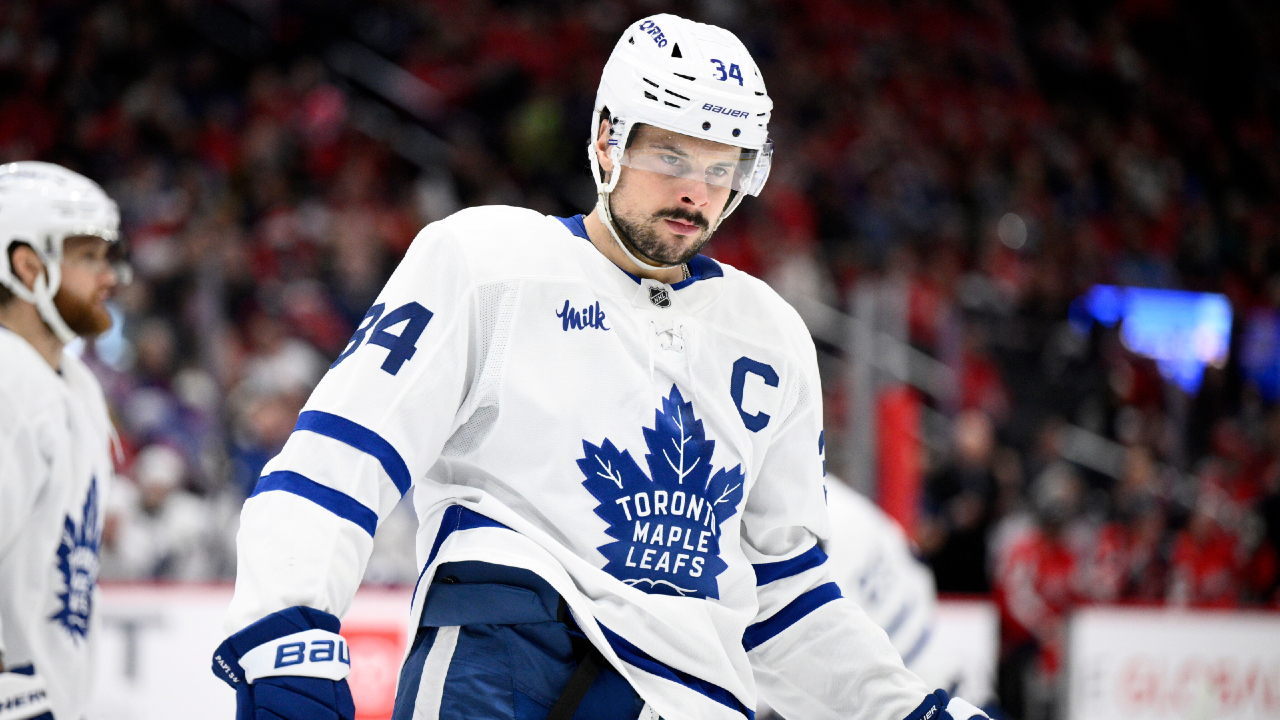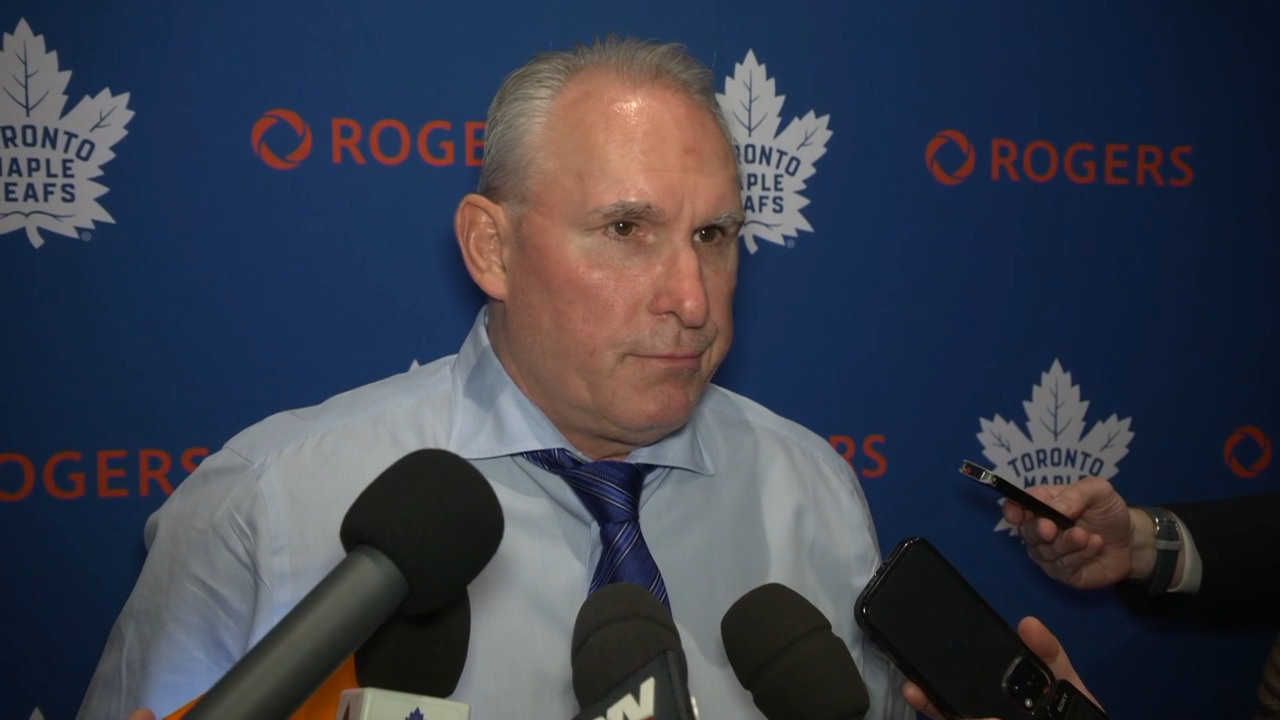
I’m mad at Seattle. This article isn’t even about them, but allow me start here.
I’m mad at Seattle because this whole off-season was supposed to be their time to shine, a team with a pristine cap sheet coming into the league at a time when the salary cap walls were squeezing in, crushing good teams and forcing them to move out quality players just to stay alive.
Elliotte Friedman likes to reference the expression that when teams are drowning under cap and player issues, rivals don’t throw them life preservers, they throw anchors. The Kraken are already nautical-themed, and I was bracing for a barrage of anchor-tossing. Instead they didn’t seem to notice the drowning at all, presumably checking their collective phone to read more praise for their beautiful jerseys. They were going to “weaponize” their cap space, meanwhile a guy like Elias Pettersson, a 22-year-old centre and bona fide star on a cap-strapped team, is still sitting at home waiting for a new contract.
This piece is about the Carolina Hurricanes, though, and why they’ve done what they’ve done, which is legitimately attempt to weaponize their cap space. (Trying to get better despite what it might do to the feelings of an opposing front office. What a concept.)
Of course, we know how this came to pass in the first place. Two years ago Marc Bergevin and the Montreal Canadiens signed Sebastian Aho to an offer sheet, which forced the Canes to match what was ultimately an extremely reasonable deal. But the Canes didn’t like having their hand forced. That’s fair, given it was a direct challenge to Tom Dundon’s finances, pressing him to part with $21 million cash in the first year of the Aho deal. That residual bitterness gave them cultural permission to do the Kotkaniemi offer sheet under the legal precedent of “Yeah but Mom he hit me first.”
And, will you look at that, they might make themselves better in the process.
There’s a lot of faux-bitterness in these opening paragraphs, but to summarize why: teams should offer sheet good players because good players are tough to acquire and, logically, teams should always be trying to get better by any means possible, despite GMs around the league wanting to remain besties. The Seattle thing, well, we just heard a lot about the great off-ice team they assembled, and that’s likely true (and they may be good on the ice) but I really wanted some fireworks here.
Let’s take a look at why Carolina offer sheeted Jesperi Kotkaniemi at a salary that’s a rough $3 million over what the player is worth. “Pettiness” is the fun answer, but there are smart hockey reasons at its core.
[radioclip id=5194336]• He’s a desirable player, in that he’s a 21-year-old centre with a clean 200 games of NHL experience, and has some upside on the offence and physical side that’s yet unfulfilled. Those players aren’t easy to get into your organization outside drafting and developing — and drafting and developing takes time and often (growing) pain. To cut out the “gaining experience” years and just grab the best season of KK’s career for a cost that’s mostly dollars is what I believe the kids call a “tidy bit of business.”
(I feel it necessary to note I’m not much of a Kotkaniemi believer, but I recognize my personal take on the player isn’t relevant here. As I said, there’s upside that I can see, he’s “desirable,” but I haven’t seen anything from him that makes me think he’s going to be much of a difference-maker. But yeah: young, good size, some talent, it’s not easy to get all those things in a single player.)
• In relation to acquisition cost I said “mostly dollars” because there would be a first and a third going the other way if Montreal doesn’t match, but the Canes were already good and if they get the player they’ll increase their odds of that first-rounder being a lot closer to a second-rounder. Once you’re past the top-20 of the first round you’re into another tier of less impactful players than we normally associate with the glorified status of “first rounder.”
• Offering $6.1 million makes it realistic that the Canes might actually get him. Montreal has inched their way up against the salary cap, even with the potential LTI relief of the Shea Weber deal, and it’s not like they’ve used Kotkaniemi in a way that screams “We can’t possibly bear the thought of losing this integral piece.” The kid was healthy scratched twice in playoffs. Not a lot of teams with cap issues are falling all over themselves to pay $6.1 million to guys they healthy scratch in big games, even if they expect improvement.
• The idea behind a big one-year deal is that, again, you actually get the player, which is the hardest part to pull off from all this. After that first season you then have to give the player a corresponding qualifying offer (of $6.1 million), or the player can walk and become a UFA. Which sounds bad. Only, let’s say Kotkaniemi puts up 35-40 points and is just OK, playing 15 minutes a night, still contributing but worth more like $3 million per season after that.
If he becomes a UFA, he’s only going to get paid that $3 million or a bit more on the open market. Well, Carolina would also have the option to negotiate with Kotkaniemi to reach a number lower than the qualifying offer, and if he’s been given a fair chance to succeed with the Canes and likes it there, it’s reasonable to think he’d stay in the situation where he’s happy, where they just did him the courtesy of over-paying him, and where they’d still be giving him market value of that $3 million figure or whatever it would end up being.
Getting the prime years of a player’s career is crucial to having success in the NHL, and the Hurricanes used one of the few tools at their disposal to acquire a guy poised to go into his.
There’s all that, then there’s the petty stuff that’s grabbing all the attention, and granted, it is hilarious. The $20 signing bonus. The Canes tweeting out the offer sheet news in French. The matching statements on why the player signed the sheet. Honestly, I was borderline gleeful at how Carolina didn’t hide anything, they just wore their motivations like they were cutting WWE promos. Forget “Dundon,” surely we’re calling him Tom Petty now?
So, it all makes sense from that side. From Montreal’s, I’m not sure exactly what they’ll do, but I’m guessing the answer isn’t just “match” or “not match.” I think it’ll lead to related moves. I just can’t see them straight-up matching that number on a player my gut tells me they’ve got question marks about (see: healthy scratch in playoffs). The only reason they might match is if they can’t make something else work, because sans “KK” their centre depth after Nick Suzuki would be truly abominable (Suzuki, then … Jake Evans and Cedric Paquette? And?).
Our own Eric Engels wrote his take on the Montreal side here, where he discussed how Montreal needs to explore all options. One of those options was to use the picks from the Kotkaniemi offer sheet to acquire a player like Christian Dvorak, who’s about to toil on a rebuilding Arizona team that’s hungry for picks. That makes sense to me – taking the picks and parlaying them into another centre. But that’s provided they can find a trade partner out there to replace KK.
Pro sports are supposed to be competitive, and while moves like this might make opposing teams mad, that shouldn’t prohibit them from happening more often. The odds of offer sheet retribution even being possible like this — with a team having the cap space, player need, picks and all that just two years later — is extremely unlikely. Like many fans and analysts out there, I’m on Team Offer Sheet, which is why I lead this article off being mad at Seattle, who have needs and picks aplenty. I’m mad because this is fun, and I want more.
Now we get to sit back and see how Montreal handles this off-season bombshell, with NHL training camps just three weeks away.




